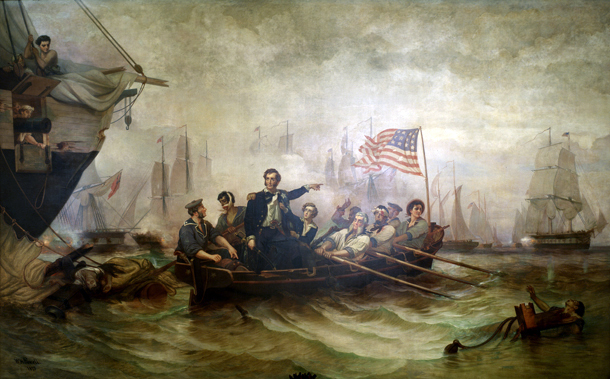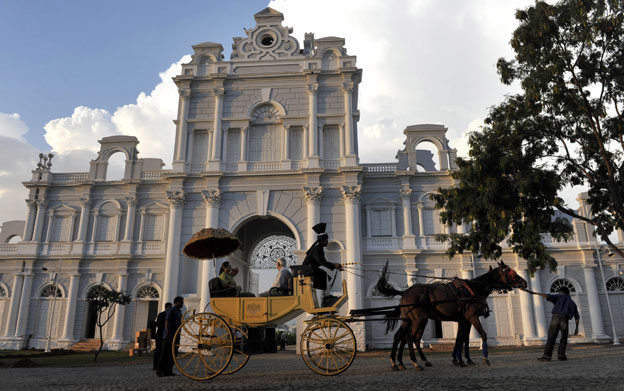What were some of the most infamous cover-ups in Indian history?

Nagarwala case of 1971.
In the third week of May 1971, Ved Prakash Malhotra, the chief cashier of State Bank of India, Parliament Street branch,New Delhi, received a phone call, and " heard the voice of Prime Minister Indira Gandhi" instructing him to withdraw Rs.60,00,000 in cash as it was urgently required for some secret mission in Bangla Desh, and hand it over to a person who would call in person to collect the amount.
The Chief Cashier accordingly "withdrew" the huge sum in cash, and soon enough handed it over to a man,purportedly sent by the Prime Minister. The man collected the cash, asked the chief cashier to collect the receipt from the Prime Minister's office for the sum withdrawn, and vanished in thin air.
Malhotra went to the Prime Minister's residence to collect the receipt, but was told that no such call was ever made by the Prime Minister, and it should be a case of impersonation.Malhotra panicked and and lodged a police complaint, and the police swung into immediate action to nab the culprit.
Within just one day, the New Delhi police "arrested" one Rustom Sohrab 'Jimmy' Nagarwala, an ex army captain and believed to be an intelligent officer in the Research and Analysis Wing (RAW) who confessed to have "mimicked " the voice of the Prime Minister and collected the cash. The entire amount was reported to have been recovered.Nagarwala was produced before a court, which after a trial lasting barely for about ten minutes,sentenced him to four years of imprisonment in Delhi's famous Tihar Jail.
The murky case took a more mysterious turn, when D.K.Kashyap officer investigating the case shortly died in a car crash, and Nagarwala himself died within one year,while still in prison, due to heart attack.
This became one of the major scandals of the day, and the Janata Government appointed a Commission of Inquiry under Justice Jagan Mohan Reddy. However, the commission,after sifting through the evidence, found quite a few lacunae in the case against Nagarwala, based solely on his own confession, but concluded that the death of Nagarwala was caused by heart attack, and there was no need to suspect any foul play.
Nothing much has been heard in this matter after this,except that the chief cashier of SBI,Malhotra,after his retirement from the Bank was believed to have been given employment by Maruti Udyog Ltd, then owned by Sanjay Gandhi.
Hyderabad 1948: India's hidden massacre

When India was partitioned in 1947, about 500,000 people died in communal rioting, mainly along the borders with Pakistan. But a year later another massacre occurred in central India, which until now has remained clouded in secrecy.
The death of Netaji Subhash Chandra Bose, he whole nation wants to know when, where, how and the biggest if.
The term Indian history is slightly vague, so let me define Indian history in my terms and answer the question.
Indian history is what the common Indian knows and reads ...be it history books, articles, mentions in other places.
With respect to that definition, the two most infamous cover-ups in Indian history are - the partition of the Indian sub-continent, and the unification of princely states into the Indian dominion.
History books mostly state this about Aug 1947 - "After sacrifices by freedom fighters towards the struggle for independence, India became Independent on Aug 15, 1947". As a side information, "The muslim state of Pakistan was formed on Aug 14, 1947". Now how many things happened between the two statements?!!!! No history book in India mentions the failure of INC to strike peace with muslim league and prevent partition of the country, the rampant violence, bloodshed, rape, conversion which took place in a one year period (1946-47) in many parts of Punjab and Bengal, the huge movement of starving and dying people across the two newly announced independent nations, the train to Pakistan and the like.
The other cover-up is the unification of princely states. History books state "India became independent in the year 1947" but even many of my literate friends do not know the fact that no India ever existed before independence. While parts of today's India which were directly ruled by the british came to be known as India by default, the rest of India was divided into 550 princely states which were ruled by their kings and reported to the british government. During the initial months of 1947, these princely states were advised to either join the Indian or the Pakistani side after Independence is given. The huge work done by Sardar Vallabhbhai Patel (the Iron man of India) and V.P. Menon often goes unnoticed in the text books. They formed a team which resorted to completely customized tactics (some give and take, some by force) to bring each of these states into the Indian dominion. By August 15, 1947, some princely states were still pondering on which side to join - India or Pakistan. Probably the last of the Indian princely states which joined the Indian side after some real drama between India and Pakistan was Kashmir, after Raja Hari Singh acceded Kashmir to India in return of army support for fighting the Pakistani funded Pathan infiltrators.
You May Be Interested IN